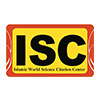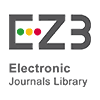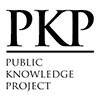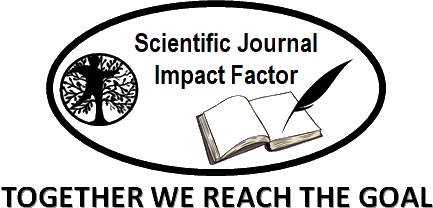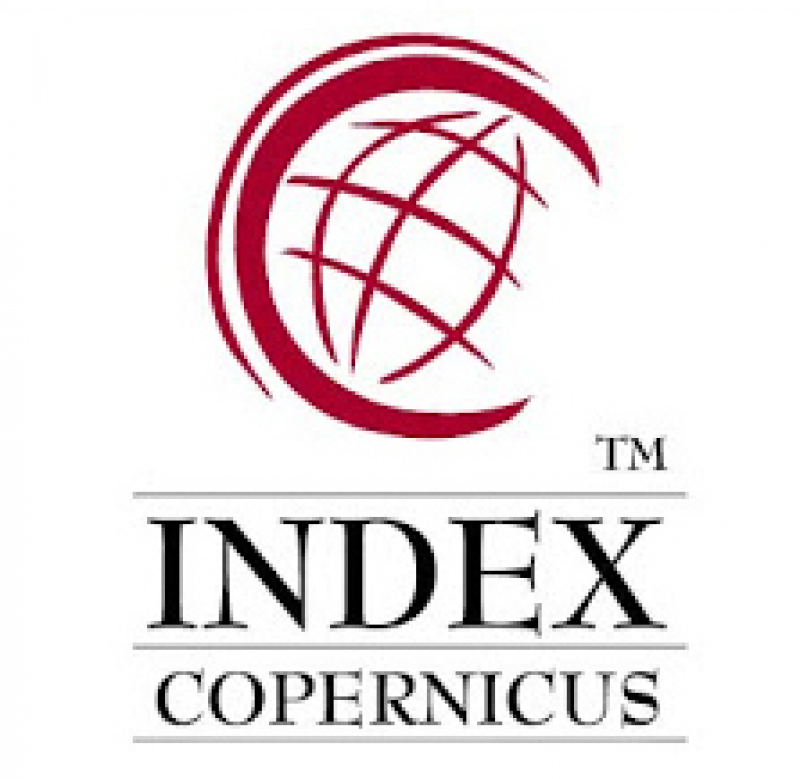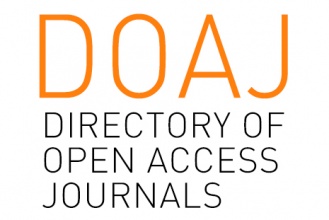Interaction of Biochar and Water Hyacinth Compost Plus Arakan: A Solution for Increasing Marginal Land Fertility with Sweet Corn Test Plants
Abstract
Keywords
Full Text:
PDFReferences
Ali, F., Sari, T. I., Arina, & Siwitri. (2019). Utilization of PT. Hok Tong liquid waste rubber industry in making of liquid organic fertilizer with addition of eceng gondok and EM4 (Effective Microorganism 4). IOP Conference Series: Materials Science and Engineering, 620(1). https://doi.org/10.1088/1757-899X/620/1/012013
Hardjowigeno, S. (2007). Ilmu Tanah. Akademika Pressindo.
Juarsah, I. (2015). Teknologi Pengendalian Gulma Alang-alang dengan Tanaman Legum untuk Pertanian Tanaman Pangan. Jurnal AGRO, 2(1), 29–38. https://doi.org/10.15575/161
Kesumaningwati, R. (2014). Pemanfaatan Sisa Panen Dalam Bentuk Bokashi Sekam Terhadap Peningkatan Beberapa Sifat Kimia (pH, C Organik, N, P, Dan K) Tanah Sawah. Prosiding Seminar Nasional Kimia, 1–4.
Kriswanto, H., Safriyanti, E., & Bahri, S. (2016). Pemberian pupuk organik dan pupuk NPK pada tanaman jagung manis (Zea mays saccharata, Sturt) (Application of organic fertilizer and NPK fertilizer to sweet corn (Zea mays saccharata, Sturt)). J. Klorofil, 11(1), 1.
Lensari, D.-, Rosianty, Y., Wandi, H., & Syachroni, S. H. (2022). The Impact of Hydrilla Compost on Puspa (Schima wallichii (D.C.) Korth.) Seedling Growth. Journal of Global Sustainable Agriculture, 3(1), 28. https://doi.org/10.32502/jgsa.v3i1.5450
Marsono, & Sigit. (2004). Petunjuk Penggunaan Pupuk. AgroMedia Pustaka.
Mindari, W.-, Sasongko, P. E., & Santoso, S. B. (2023). Changes of Soil Physical and Chemical Characteristics of Vertisol by Organic Matter and Sands Applications. Journal of Tropical Soils, 28(2), 79. https://doi.org/10.5400/jts.2023.v28i2.79-87
Monica, E., Yuniati, Y., & Rollando, R. (2023). Penggunaan Ekstrak Selulosa Alang-Alang (Imperata cylindrica L.) sebagai Bahan Pengisi dan Penghancur Tablet Paracetamol. PHARMACY: Jurnal Farmasi Indonesia (Pharmaceutical Journal of Indonesia), 20(1), 77. https://doi.org/10.30595/pharmacy.v0i0.16896
Rahman, R. A., Nasaruddin, Bahrun, A. H., & Kurniawan. (2021). Pengaruh Biochar Tongkol Jagung dan Fermentasi Air Beras terhadap Pembungaan Tanaman Kakao. Jurnal Ilmiah Agrotani, 3(2).
Sanchez, P. . (1992). Properties and Management of Soils in the Tropics. Terjemahan Sifat dan Pengelolaan Tanah Tropika (J. T. J. I. Bandung. (ed.); 1st ed). John Wiley and Sons.
Sondakh, T. D., Sumampow, D. M. F., Polii, M. G. M., Nangoi, R., Mamarimbing, R., & Titah, T. (2019). Komponen hasil jagung manis (Zea mayssaccharata Sturt) pada tailing Kecamatan Tatelu yang diberi pupuk organik dn pupuk phonska. Eugenia, 25(1), 8–12.
Sumarmo, M. S. (1993). Sistem Unsur Hara Tanaman. Universitas Brawijaya.
Wardani, S., & Rosa, E. (2017). Pemanfaatan Limbah Feses Ayam Sebagai Pupuk Bokashi dan Aplikasinya Pada Tanaman Bayam. Jurnal Agriflora, 1(1), 39–44. http://jurnal.abulyatama.ac.id/agriflora
Wardhani, Y., Yuliana, A. I., & Munir, M. M. (2019). Potensi Mikoriza Indigenous Terhadap Serapan Unsur P (Fosfor) di Tanah Litosol Pada Tanaman Kedelai (Glycine max L. Merril ) Varietas Anjasmoro. Exact Papers in Compilation (EPiC), 1(2), 83–86. https://doi.org/10.32764/epic.v1i2.59
DOI: http://dx.doi.org/10.18415/ijmmu.v11i11.6418
Refbacks
- There are currently no refbacks.
Copyright (c) 2025 International Journal of Multicultural and Multireligious Understanding

This work is licensed under a Creative Commons Attribution-NonCommercial-NoDerivatives 4.0 International License.
https://ijmmu.com
editor@ijmmu.com
facebook.com/ijmmu
Copyright © 2014-2018 IJMMU. All rights reserved.







